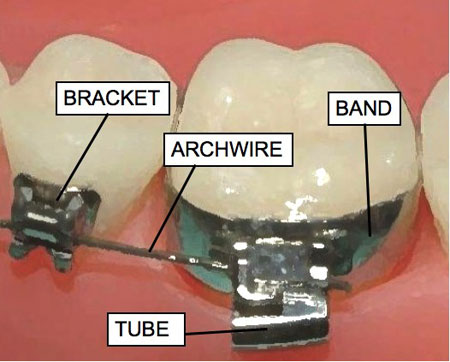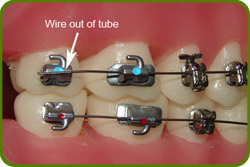01228009538
Adhesives for bonded molar tubes during fixed brace treatment.

2017-02-20
BACKGROUND:
Orthodontic treatment involves using fixed or removable appliances (dental braces) to correct the positions of teeth. The success of a fixed appliance depends partly on the metal attachments (brackets and bands) being glued to the teeth so that they do not become detached during treatment. Brackets (metal squares) are usually attached to teeth other than molars, where bands (metal rings that go round each tooth) are more commonly used. Orthodontic tubes (stainless steel tubes that allow wires to pass through them), are typically welded to bands but they may also be glued directly (bonded) to molars. Failure of brackets, bands and bonded molar tubes slows down the progress of treatment with a fixed appliance. It can also be costly in terms of clinical time, materials and time lost from education/work for the patient.
CONCLUSIONS:

From the two well-designed and low risk of bias trials included in this review it was shown that
the failure of molar tubes bonded with either a chemically-cured or light-cured adhesive was considerably higher than that of molar bands cemented with glass ionomer cement.
One trial indicated that there was less decalcification with molar bands cemented with glass ionomer cement than with bonded molar tubes cemented with a light-cured adhesive. However, given there are limited data for this outcome, further evidence is required to draw more robust conclusions.
ref. Cochrane Database Syst Rev. 2011 Jun 15;(6):CD008236. doi: 10.1002/14651858.CD008236.pub2.
Millett DT1, Mandall NA, Mattick RC, Hickman J, Glenny AM.
Edit&Sum.by Mohamed Yassin







